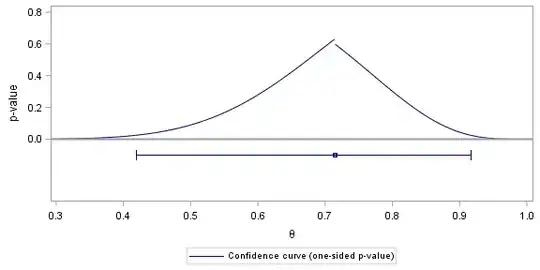It really depends on your needs.
However, with regression and other "linear-model" problems (such as GLMs), the standard choice is orthogonal polynomials with respect to the observed set of $x$ values (usually just called "orthogonal polynomials" in regression-type contexts). Many packages provide them (e.g. poly in R provides such a basis - you supply x and the desired degree).
That is, if $P$ is the resulting "x-matrix" (not counting the constant column) where the columns represent the linear, quadratic etc components, then $P^\top P=I$.
Like so:
> x=sort(rnorm(10,6,2))
> P=poly(x,4)
> round(crossprod(P),8) # round to 8dp
1 2 3 4
1 1 0 0 0
2 0 1 0 0
3 0 0 1 0
4 0 0 0 1
(This property extends to the constant column if you appropriately normalize it, but it's usually left as-is, so the diagonal of $X^\top X$ would then have a $1,1$ element of $n$ rather than $1$.)
For that particular set of x-values*, they look like this:

These have a number of distinct advantages over other choices (including that the parameter estimates are uncorrelated).
Some references that may be of some use to you:
Sabhash C. Narula (1979),
"Orthogonal Polynomial Regression,"
International Statistical Review, 47:1 (Apr.), pp. 31-36
Kennedy, W. J. Jr and Gentle, J. E. (1980),
Statistical Computing, Marcel Dekker.
* on the off chance anyone cares about the particular values in the example:
x
[1] 4.326638 4.458292 4.459983 4.574794 5.312988 5.380251 7.425735
[8] 8.601912 9.189405 10.864584
